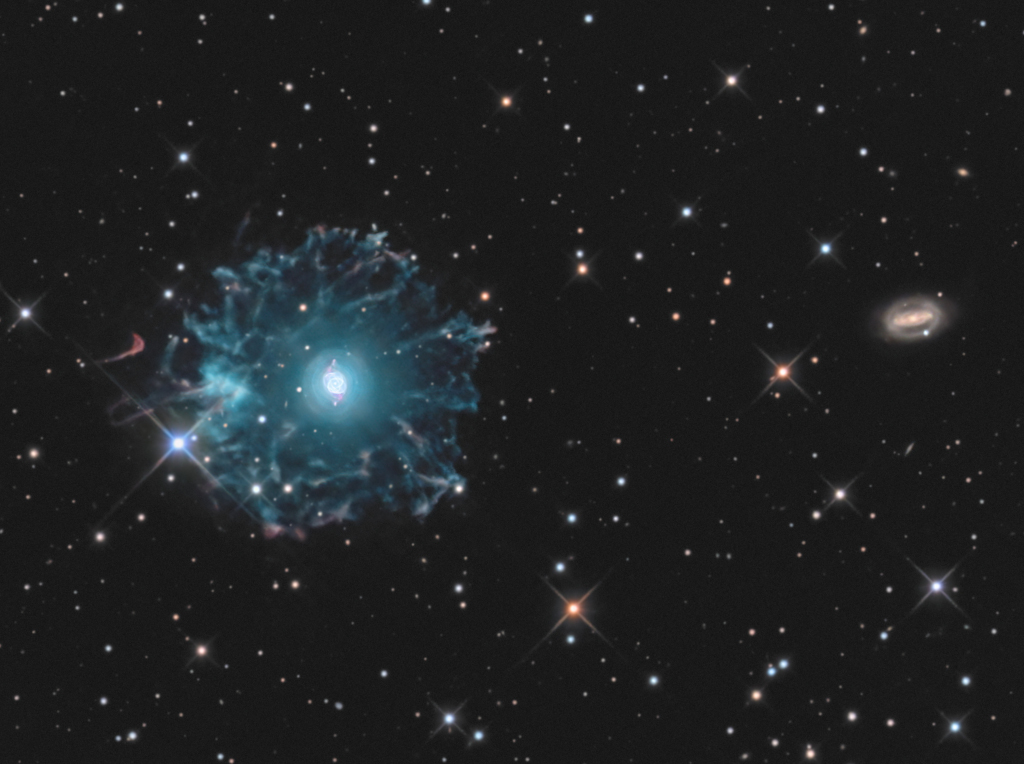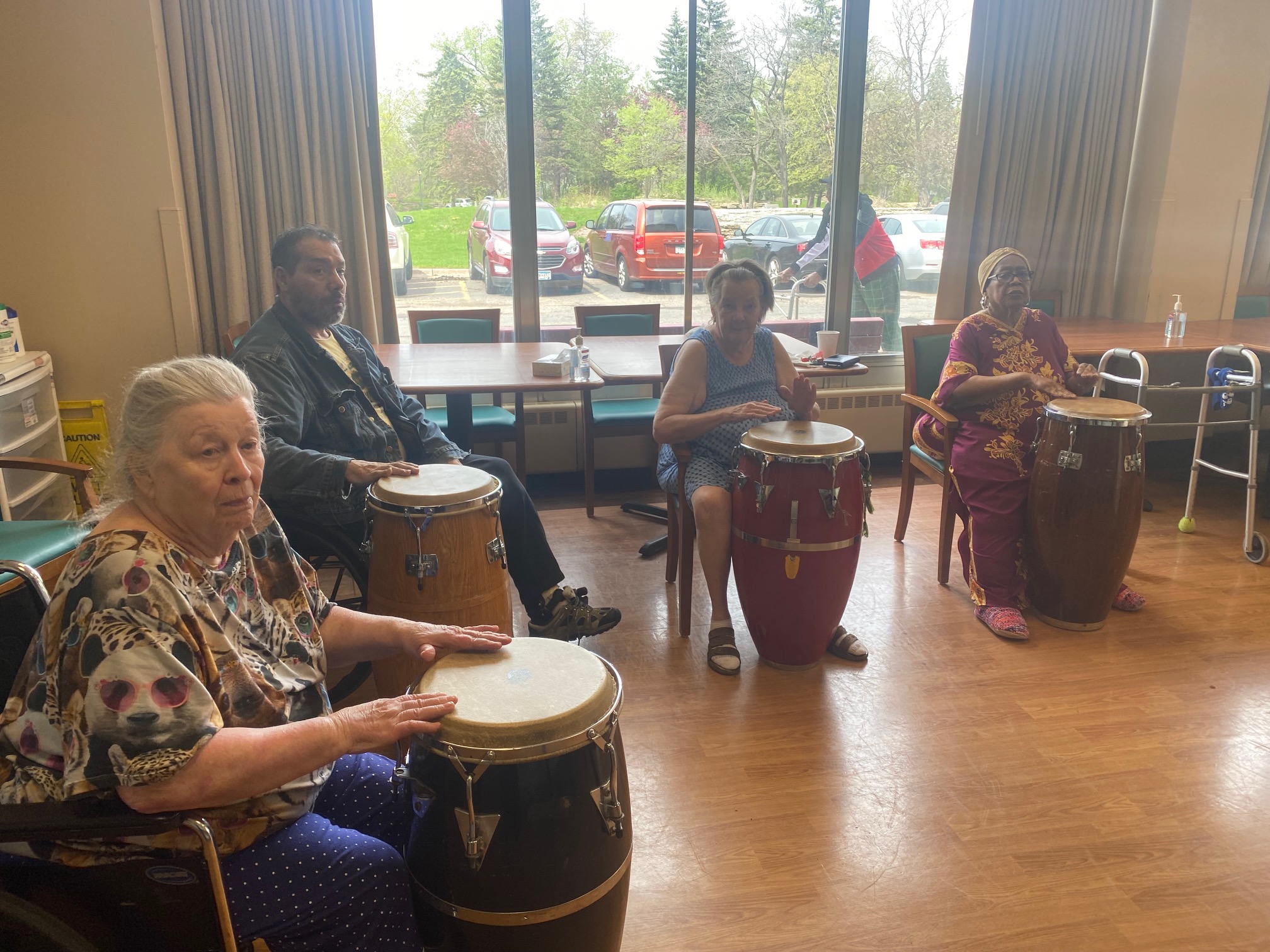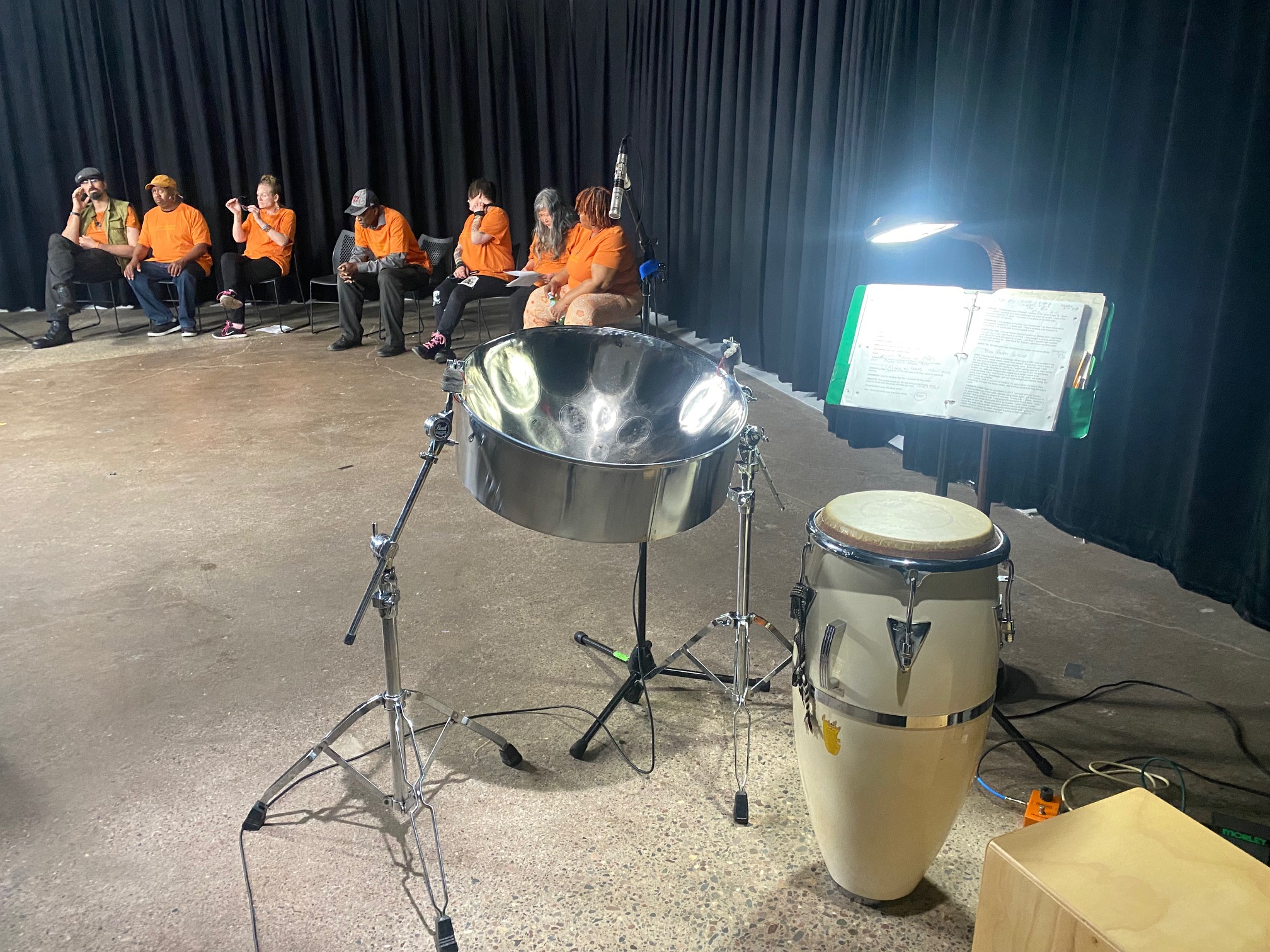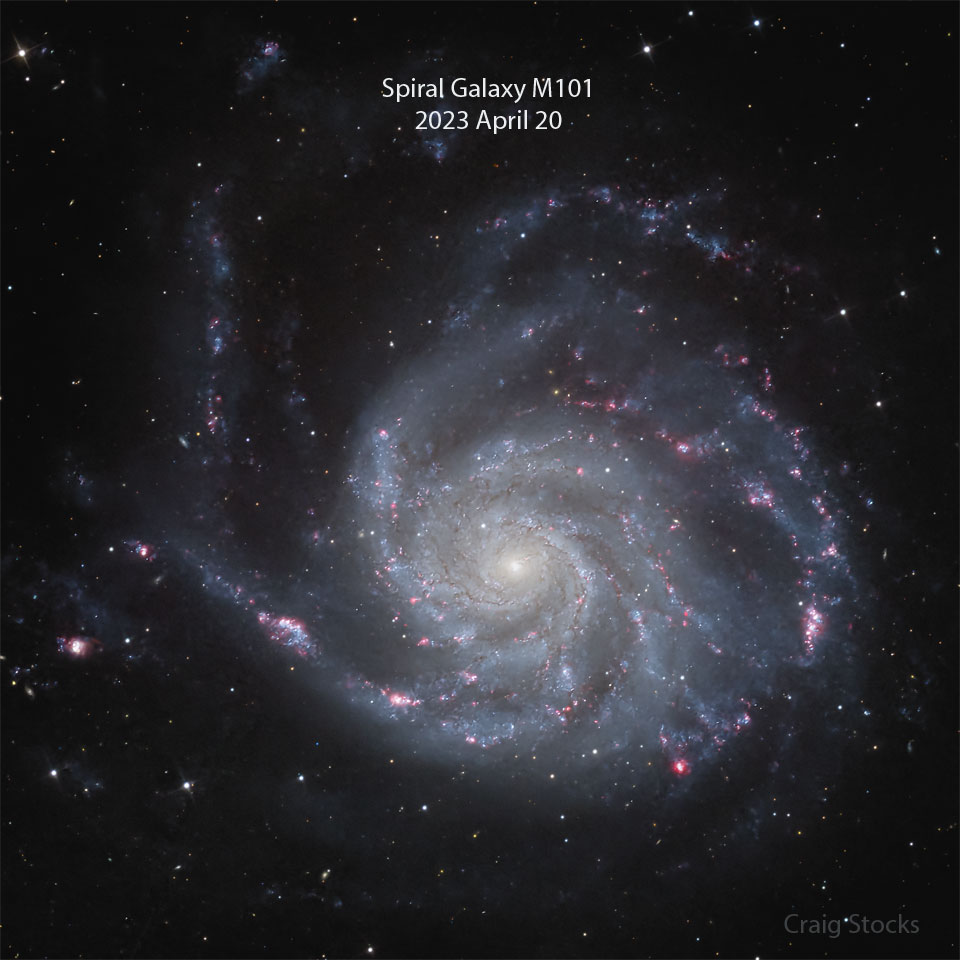Blog
Stephanie Lynn Nicks (born May 26, 1948) is an American singer, songwriter, and producer known for her work with the band Fleetwood Mac and as a solo artist.
After starting her career as a duo with her then-boyfriend Lindsey Buckingham, releasing the album Buckingham Nicks to little success, Nicks joined Fleetwood Mac in 1975, helping the band to become one of the best-selling music acts of all time with over 120 million records sold worldwide. Rumours, the band’s second album with Nicks, became one of the best-selling albums worldwide, being certified 20× platinum in the US.
In 1981, while remaining a member of Fleetwood Mac, Nicks began her solo career, releasing the studio album Bella Donna, which topped the Billboard 200 and has reached multiplatinum status. She has released eight studio solo albums and seven studio albums with Fleetwood Mac, selling a certified total of 65 million copies in the US alone. After the release of her first solo album, Rolling Stone named her the “Reigning Queen of Rock and Roll“. Nicks was named one of the 100 Greatest Songwriters of All Time and one of the 100 Greatest Singers of All Time by Rolling Stone. Her Fleetwood Mac songs “Landslide“, “Rhiannon“, and “Dreams“, with the last being the band’s only number one hit in the US, together with her solo hit “Edge of Seventeen“, have all been included in Rolling Stone‘s list of the 500 Greatest Songs of All Time. She is the first woman to have been inducted twice into the Rock and Roll Hall of Fame: first as a member of Fleetwood Mac in 1998 and then as a solo artist in 2019.
Nicks has garnered eight Grammy Award nominations and two American Music Award nominations as a solo artist. She has won numerous awards with Fleetwood Mac, including a Grammy Award for Album of the Year in 1978 for Rumours.
The albums Fleetwood Mac, Rumours, and Bella Donna have been included in the “Greatest of All Time Billboard 200 Albums” chart by Billboard. Furthermore, Rumours was rated the seventh-greatest album of all time in Rolling Stone‘s list of the “500 Greatest Albums of All Time“, as well as the fourth-greatest album by female acts.
more...
Rubén González Fontanills (26 May 1919 – 8 December 2003) was a Cuban pianist. Together with Lilí Martínez and Peruchín he is said to have “forged the style of modern Cuban piano playing in the 1940s”.
Between the 1940s and his retirement in the 1980s, he played with Cuba’s most successful acts, including Paulina Álvarez, Arsenio Rodríguez, Orquesta América del 55, Orquesta Riverside and Enrique Jorrín. In the 1990s, he came out of retirement to play in the revival ensembles Afro-Cuban All Stars and Buena Vista Social Club, also recording solo material and performing live until 2002.
González was born in Santa Clara, Cuba, on 26 May 1919. His family moved to the small village of Encrucijada when he was 6 years old. He took up the piano at age seven and graduated from the Cienfuegos Conservatory at age 15.
more...Miles Dewey Davis III (May 26, 1926 – September 28, 1991) was an American trumpeter, bandleader, and composer. He is among the most influential and acclaimed figures in the history of jazz and 20th-century music. Davis adopted a variety of musical directions in a five-decade career that kept him at the forefront of many major stylistic developments in jazz.
Born in Alton, Illinois, and raised in East St. Louis, Davis left to study at Juilliard in New York City, before dropping out and making his professional debut as a member of saxophonist Charlie Parker‘s bebop quintet from 1944 to 1948. Shortly after, he recorded the Birth of the Cool sessions for Capitol Records, which were instrumental to the development of cool jazz. In the early 1950s, Davis recorded some of the earliest hard bop music while on Prestige Records but did so haphazardly due to a heroin addiction. After a widely acclaimed comeback performance at the Newport Jazz Festival, he signed a long-term contract with Columbia Records, and recorded the album ‘Round About Midnight in 1955. It was his first work with saxophonist John Coltrane and bassist Paul Chambers, key members of the sextet he led into the early 1960s. During this period, he alternated between orchestral jazz collaborations with arranger Gil Evans, such as the Spanish music-influenced Sketches of Spain (1960), and band recordings, such as Milestones (1958) and Kind of Blue (1959). The latter recording remains one of the most popular jazz albums of all time, having sold over five million copies in the U.S.
Davis made several line-up changes while recording Someday My Prince Will Come (1961), his 1961 Blackhawk concerts, and Seven Steps to Heaven (1963), another mainstream success that introduced bassist Ron Carter, pianist Herbie Hancock, and drummer Tony Williams. After adding saxophonist Wayne Shorter to his new quintet in 1964, Davis led them on a series of more abstract recordings often composed by the band members, helping pioneer the post-bop genre with such as E.S.P (1965) and Miles Smiles (1967), before transitioning into his electric period. During the 1970s, he experimented with rock, funk, African rhythms, emerging electronic music technology, and an ever-changing line-up of musicians, including keyboardist Joe Zawinul, drummer Al Foster, and guitarist John McLaughlin. This period, beginning with Davis’s 1969 studio album In a Silent Way and concluding with the 1975 concert recording Agharta, was the most controversial in his career, alienating and challenging many in jazz. His million-selling 1970 record Bitches Brew helped spark a resurgence in the genre’s commercial popularity with jazz fusion as the decade progressed.
After a five-year retirement due to poor health, Davis resumed his career in the 1980s, employing younger musicians and pop sounds on albums such as The Man with the Horn (1981) and Tutu (1986). Critics were often unreceptive but the decade garnered Davis his highest level of commercial recognition. He performed sold-out concerts worldwide, while branching out into visual arts, film, and television work, before his death in 1991 from the combined effects of a stroke, pneumonia and respiratory failure. In 2006, Davis was inducted into the Rock and Roll Hall of Fame, which recognized him as “one of the key figures in the history of jazz”. Rolling Stone described him as “the most revered jazz trumpeter of all time, not to mention one of the most important musicians of the 20th century,” while Gerald Early called him inarguably one of the most influential and innovative musicians of that period.
more...Angela Isadora Duncan (May 26, 1877 or May 27, 1878 – September 14, 1927) was an American dancer and choreographer, who was a pioneer of modern contemporary dance, who performed to great acclaim throughout Europe and the US. Born and raised in California, she lived and danced in Western Europe, the US and the Soviet Union from the age of 22 until her death at age 50 when her scarf became entangled in the wheel and axle of the car in which she was travelling in Nice, France.
Angela Isadora Duncan was born in San Francisco, the youngest of the four children of Joseph Charles Duncan (1819–1898), a banker, mining engineer and connoisseur of the arts, and Mary Isadora Gray (1849–1922).
On the night of September 14, 1927, in Nice, France, Duncan was a passenger in an Amilcar CGSS automobile owned by Benoît Falchetto, a French-Italian mechanic. She wore a long, flowing, hand-painted silk scarf, created by the Russian-born artist Roman Chatov, a gift from her friend Mary Desti, the mother of American filmmaker, Preston Sturges. Desti, who saw Duncan off, had asked her to wear a cape in the open-air vehicle because of the cold weather, but she would agree to wear only the scarf. As they departed, she reportedly said to Desti and some companions, “Adieu, mes amis. Je vais à la gloire !” (“Farewell, my friends. I go to glory!”); but according to the American novelist Glenway Wescott, Desti later told him that Duncan’s actual parting words were, “Je vais à l’amour”(“I am off to love”). Desti considered this embarrassing, as it suggested that she and Falchetto were going to her hotel for a tryst.
Her silk scarf, draped around her neck, became entangled around the open-spoked wheels and rear axle, pulling her from the open car and breaking her neck. Desti said she called out to warn Duncan about the scarf almost immediately after the car left. Desti took Duncan to the hospital, where she was pronounced dead.
more...Bulerías Form
Reflecting its origin as a remate to the soleares, the underlying form of bulerías is simple. Bulerías cantes consist of three or four eight-syllable lines, and there is great flexibility in the way artists choose to treat those three or four lines. The singer may give one or two compáses to each line, or they can stretch them out, decorating each syllable with melismatic flourishes, or repeating them for rhythmic or emotional effect.
The guitarist follows the singer’s phrasing, underscoring the implied harmony, adding falsetas and maintaining the rhythmic pulse. Performing without a singer, a guitarist will string together a series of falsetas in a way that may imitate the form of letras.
A dancer will usually dance while the letra is being sung, and also dance between letras. A dancer can also dance during short breaks within the letras (a respira for the singer; a remate for the dancer). A dancer will use transitional phrases, including palmas en contra tiempo, remates and llamadas, and desplante llamadas to move from one section of the dance to another, cueing the musicians at each transition.
There are distinctive differences in dance styles for the bulerías depending on where and when the dance is performed. If it is a professional performance at a concert or theatrical show, the dancer will include 1 to 2 letras, add an escobilla, and perform an ornate traveling exit, the salida (also often called the cierre). If the dancer is performing bulerías at a flamenco party (juerga), small event, or with family and friends, the dance takes on a more personal touch that may or may not include all of the above named sections. See below for a more detailed description of each section of the dance.
Soulful diva Tina Turner, who had a lengthy run of ’60s and ’70s R&B hits and struck major pop stardom in the ’80s, died Wednesday in Switzerland. She was 83.
“Tina Turner, the ‘Queen of Rock’n Roll’ has died peacefully today at the age of 83 after a long illness in her home in Kusnacht near Zurich, Switzerland. With her, the world loses a music legend and a role model,” her representative said in a statement to Variety.
More than a decade after her crossover hit “Proud Mary” with husband Ike, Tina Turner ascended to the pinnacle of pop fame with the 1984 Capitol Records album “Private Dancer.” The collection, which spawned a trio of top-10 pop hits, sold five million copies and garnered four Grammy Awards. Though she never matched that breakthrough solo success, she recorded and toured profitably until her retirement in 2000.
Raw-voiced, leggy, peripatetic and provocative onstage, the magnetic Turner segued effortlessly into bigscreen roles, appearing as the Acid Queen in Ken Russell’s 1975 adaptation of the Who’s rock opera “Tommy” and as villainess Aunty Entity in George Miller’s action sequel “Mad Max Beyond Thunderdome.” She sang the title song, penned by Bono and the Edge of U2, for the 1995 James Bond pic “GoldenEye.”
The winner of eight Grammys, Turner was a 1991 Rock and Roll Hall of Fame inductee, and was recognized at the 2005 Kennedy Center Honors for her career achievements.
Turner was still in her teens when she began recording with future husband Ike Turner; their tumultuous partnership produced 15 years of popular singles, culminating in the 1971 crossover smash “Proud Mary.” However, in 1976 the vocalist fled her abusive marriage; she detailed her violence-scarred relationship in the 1986 bestseller “I, Tina,” which served as the basis for the 1993 biopic “What’s Love Got to Do With It.”
She was born Anna Mae Bullock in the farming community of Nutbush, Tenn. (a locale she would commemorate in the self-penned 1973 song “Nutbush City Limits”). With older her sister Ruby, she was shuttled between various relatives as a child; her mother left her abusive father when she was 11. At 16, the girls were reunited with their mother in St. Louis.
more...The 5th and final weekend of The Defeat of Jesse James at the History Theater. Tonight Thursday May 25th 2023 at 730pm. Featuring music with Raymond Berg, Kam Markworth, Christian Wheeler and mick laBriola.

The Cat’s Eye Nebula (NGC 6543) is one of the best known planetary nebulae in the sky. Its more familiar outlines are seen in the brighter central region of the nebula in this impressive wide-angle view. But this wide and deep image combining data from two telescopes also reveals its extremely faint outer halo. At an estimated distance of 3,000 light-years, the faint outer halo is over 5 light-years across. Planetary nebulae have long been appreciated as a final phase in the life of a sun-like star. More recently, some planetary nebulae are found to have halos like this one, likely formed of material shrugged off during earlier episodes in the star’s evolution. While the planetary nebula phase is thought to last for around 10,000 years, astronomers estimate the age of the outer filamentary portions of this halo to be 50,000 to 90,000 years. Visible on the right, some 50 million light-years beyond the watchful planetary nebula, lies spiral galaxy NGC 6552.

Wallace Roney (May 25, 1960 – March 31, 2020) was an American jazz (hard bop and post-bop) trumpeter. He has won 1 Grammy award and has two nominations.
Roney took lessons from Clark Terry and Dizzy Gillespie and studied with Miles Davis from 1985 until the latter’s death in 1991. Wallace credited Davis as having helped to challenge and shape his creative approach to life as well as being his music instructor, mentor, and friend; he was the only trumpet player Davis personally mentored.
Roney was born in Philadelphia. He attended Howard Universityand Berklee College of Music in Boston, Massachusetts, after graduating from the Duke Ellington School of the Arts of the D. C. Public Schools, where he studied trumpet with Langston Fitzgerald of the Baltimore Symphony Orchestra. Found to have perfect pitch at the age of four, Wallace began his musical and trumpet studies at Philadelphia’s Settlement School of Music.
He studied with trumpeter Sigmund Hering of the Philadelphia Orchestra for three years. Hering regularly presented Wallace at recitals at the Settlement School, and with the Philadelphia Brass Ensemble, during his studies in Philadelphia.
more...Lincoln Barrington “Sugar” Minott (25 May 1956 – 10 July 2010) was a Jamaican reggae singer, producer and sound-system operator.
After working as a selector on the Sound of Silence Keystone sound system, and then his own Gathering of Youth system, he began his singing career as part of The African Brothers in 1969, along with Tony Tuffand Derrick Howard. The group released several singles in the first half of the 1970s on labels such as Micron and their own Ital label, and were an early example of the Rastafari movement‘s influence on the Jamaican music scene, taking a clear lead from The Abyssinians. After recording “Mysterious Nature” for producer Rupie Edwards, the group recorded 1974’s “No Cup No Broke” for Studio One, breaking up shortly after. Minott then teamed up with the producer Clement “Coxsone” Dodd, as studio apprentice at Dodd’s Studio One, working as a singer, guitarist and percussionist, and soon began recording his own singles. Minott developed a talent for writing new songs to fit over existing rhythms (which at the time was common when singers performed live, but rare in the studio), often proving more popular than the original songs, pioneering an approach that would be central to the emerging dancehall style.
more...Norman Gary Foster (born May 25, 1936) is an American musician who plays saxophone, clarinet, and flute. He is considered a crossover artist, performing jazz, pop, and classical music. He has been prominent in the film, television, and music industries for five decades, having performed on over 500 movie scores and with over 200 orchestras.
He has recorded on numerous Grammy, Academy Award, Emmy, and Golden Globe winning media and soundtracks for artists and composers such as Carol Burnett, Bob Dylan, Barbra Streisand, Mel Torme, Toshiko Akiyoshi, Frank Sinatra, Pat Williams, John Williams, Natalie Cole, Jerry Fielding, Cal Tjader, Marty Paich, and Michael Bublé.
Foster received the Most Valuable Player Award for woodwind doubling from The Recording Academy.
Gary Foster was born in Leavenworth, Kansas, in 1936. He started on the clarinet at age thirteen. His first musical inspiration was Olin Parker, a school music director and teacher who introduced him to the music of Count Basie, Woody Herman, and many other types of music. He listened closely to the Woody Herman Orchestra’s recording of “Four Brothers”, which featured saxophonists Stan Getz, Zoot Sims, and Serge Chaloff.
more...Marshall Belford Allen (born May 25, 1924) is an American free jazz and avant-garde jazz alto saxophone player. He also performs on flute, oboe, piccolo, and EWI (an electronic valve instrument made by Steiner, Crumar company).
Allen is best known for his work with Sun Ra, having recorded and performed mostly in this context since the late 1950s, and having led The Sun Ra Arkestra since 1993, after Sun Ra’s death. Critic Jason Ankeny describes Marshall as “one of the most distinctive and original saxophonists of the postwar era.”
Marshall Allen was born in Louisville, Kentucky, United States.
During the Second World War he enlisted in the 92nd Infantry Division and was stationed in France. Allen studied alto saxophone in Paris and played in Europe with Art Simmons and James Moody.
He is best known for his mastery of explosive, jarring, chaotic sound effects on the alto saxophone. Some have referred to this as a “pyrotechnic” playing style. He has said that he “wanted to play on a broader sound basis rather than on chords” (1971 interview with Tam Fiofori)). The opportunity came through his long association with Sun Ra, with whom he performed almost exclusively from 1958 to Ra’s death in 1993, although he did record outside The Sun Ra Arkestra, with Paul Bley‘s group in 1964 and Olatunji‘s group during the mid-1960s. Critic Scott Yanow has described Allen’s playing as “Johnny Hodges from another dimension”.
more...Jimmy Hamilton (May 25, 1917 – September 20, 1994) was an American jazz clarinetist and saxophonist, who was a member of the Duke Ellington Orchestra. Hamilton was born in Dillon, South Carolina, United States, and grew up in Philadelphia. Having learned to play piano and brass instruments, in the 1930s he started playing the latter in local bands before switching to clarinet and saxophone. During this time he studied with clarinet teacher Leon Russianoff. In 1939, he played with Lucky Millinder, Jimmy Mundy, and Bill Doggett, going on to join the Teddy Wilson sextet in 1940. After two years with Wilson, he played with Eddie Heywood and Yank Porter.
more...Teaching a Rhythm Roots Workshop Residency at Cerenity Humboldt Senior Care center in St Paul. (https://cerenityseniorcare.org/cerenity-senior-care-humboldt-st-paul-mn/). 6th in a series of 9 workshops exploring cultural rhythms from an array of world traditions.

Zamya Theater performs Challenge to Change today Wednesday May 24th 9am at the Dorthy Day Center of Catholic Charities in St Paul. Music provided by mick laBriola.

A nearby star has exploded and humanity’s telescopes are turning to monitor it. The supernova, dubbed SN 2023ixf, was discovered by Japanese astronomer Koichi Itagaki three days ago and subsequently located on automated images from the Zwicky Transient Facility two days earlier. SN 2023ixf occurred in the photogenic Pinwheel Galaxy M101, which, being only about 21 million light years away, makes it the closest supernova seen in the past five years, the second closest in the past 10 years, and the second supernova found in M101 in the past 15 years. Rapid follow up observations already indicate that SN 2023ixf is a Type II supernova, an explosion that occurs after a massive star runs out of nuclear fuel and collapses. The featured image shows home spiral galaxy two days ago with the supernova highlighted, while the roll-over image shows the same galaxy a month before. SN 2023ixf will likely brighten and remain visible to telescopes for months. Studying such a close and young Type II supernova may yield new clues about massive stars and how they explode.

more...
Max Bennett (May 24, 1928 – September 14, 2018) was an American jazz bassist and session musician. Bennett grew up in Kansas City, Missouri and Oskaloosa, Iowa, and went to college in Iowa.
His first professional gig was with Herbie Fields in 1949, and following this he played with Georgie Auld, Terry Gibbs, and Charlie Ventura. He served in the Army during the Korean War from 1951 to 1953, and then played with Stan Kenton before moving to Los Angeles. There he played regularly at the Lighthouse Cafe with his own ensemble, and played behind such vocalists as Peggy Lee, Ella Fitzgerald, Joni Mitchell and Joan Baez through the 1970s. He also recorded with Charlie Mariano, Conte Candoli, Bob Cooper, Bill Holman, Stan Levey, Lou Levy, Coleman Hawkins and Jack Montrose.
Bennett recorded under his own name from the late 1950s and did extensive work as a composer and studio musician in addition to jazz playing. Often associated with The Wrecking Crew, he performed on many records by The Monkees and The Partridge Family.
more...More Posts
- Chrissie Hynde
- Buddy Holly
- Little Milton
- Sonny Rollins
- World Music Lele Lele Orchestra
- Daily Roots with King Ras John
- Temple Israel Erev Shabbat Service
- Cosmos MACS-J0417.5-1154
- Roger Waters
- Eddie Duran
- Charles Moffett
- Jimmy Reed
- Flamenco Fridays Vicente Amigo
- Daily Roots Rudolph Francis
- Cosmos NGC 253
- Dweezil Zappa
- Buddy Miles
- Loudon Wainwright
- Amy Beach
- John Cage